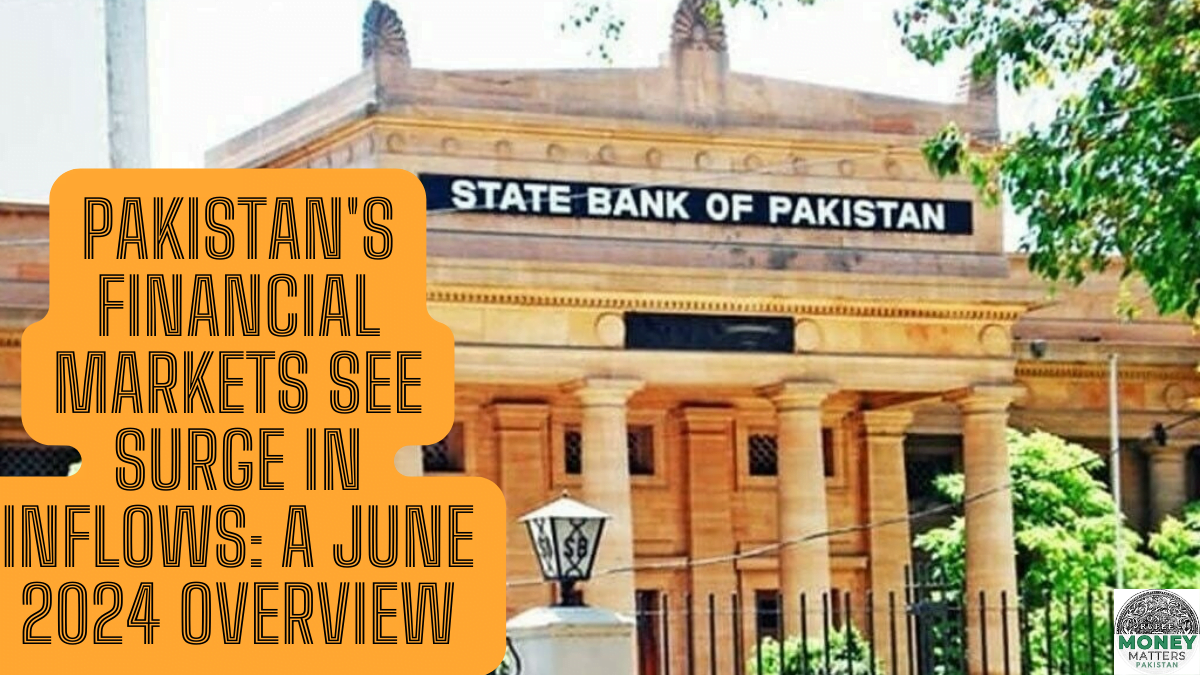Key Takeaways:
- Treasury bill inflows hit a record high of $232 million in the first 21 days of June.
- Equity market inflows reach a decade-high of $140 million for FY24.
- Foreign exchange reserves bolstered by $494 million, reaching $14.573 billion.
In June 2024, Pakistan’s financial markets experienced significant inflows, setting new records in both treasury bills and equity markets, according to data released by the State Bank of Pakistan (SBP).
Treasury bill inflows surged during the first 21 days of June, totaling $232 million, marking a substantial increase compared to previous periods. Analysts noted that this rise was reminiscent of levels observed during the peak of the COVID-19 pandemic in 2020. The total inflows for the fiscal year 2023-24 (FY24) have now reached $706.4 million, with the latest figures showcasing a robust influx of investor capital into short-term government securities.
The surge in treasury bill investments can be attributed to the attractive returns they offer. Analysts estimated that the three-month treasury bills were yielding approximately 6.5%, which translates to an annual return of around 20%, making it one of the highest returns among developing economies, assuming stability in the local currency exchange rate.
Simultaneously, the equity market saw a notable uptick in investor confidence, with inflows reaching $140 million for FY24. This represents the highest level of investment since 2014, highlighting renewed interest in Pakistan’s stock market. The benchmark KSE-100 index crossed the 80,000 mark, indicating robust market sentiment and optimism among investors. Experts suggested that the possibility of securing another IMF deal could further bolster these inflows in the near future.
This uptick was primarily attributed to receipts from multilateral agencies, bolstering the country’s total reserves to $14.573 billion, including reserves held by commercial banks amounting to $5.183 billion.
Furthermore, Pakistan’s current account deficit (CAD) showed signs of improvement, narrowing to $464 million in the first 11 months of FY24. Analysts interpreted this reduction as a positive indicator for exchange rate stability, alleviating pressure on the country’s external finances. The CAD dynamics remained closely watched, as they play a crucial role in shaping economic stability and investor sentiment.
In terms of foreign exchange reserves, the SBP reported an increase of $494 million, reaching $9.389 billion by the end of June 28. This uptick was primarily attributed to receipts from multilateral agencies, bolstering the country’s total reserves to $14.573 billion, including reserves held by commercial banks amounting to $5.183 billion. The accumulation of reserves is pivotal for maintaining external liquidity and cushioning against potential economic shocks.
Analysts and market observers emphasized that the combination of robust treasury bill inflows, a revitalized equity market, and strengthened foreign exchange reserves paints a positive outlook for Pakistan’s financial landscape in mid-2024. However, they cautioned that sustained efforts to manage fiscal deficits and ensure macroeconomic stability would be essential to sustain investor confidence and capitalize on current market momentum.
Overall, the recent performance of Pakistan’s financial markets underscores resilience and potential amidst global economic uncertainties, positioning the country favorably for continued economic recovery and growth in the coming months.




